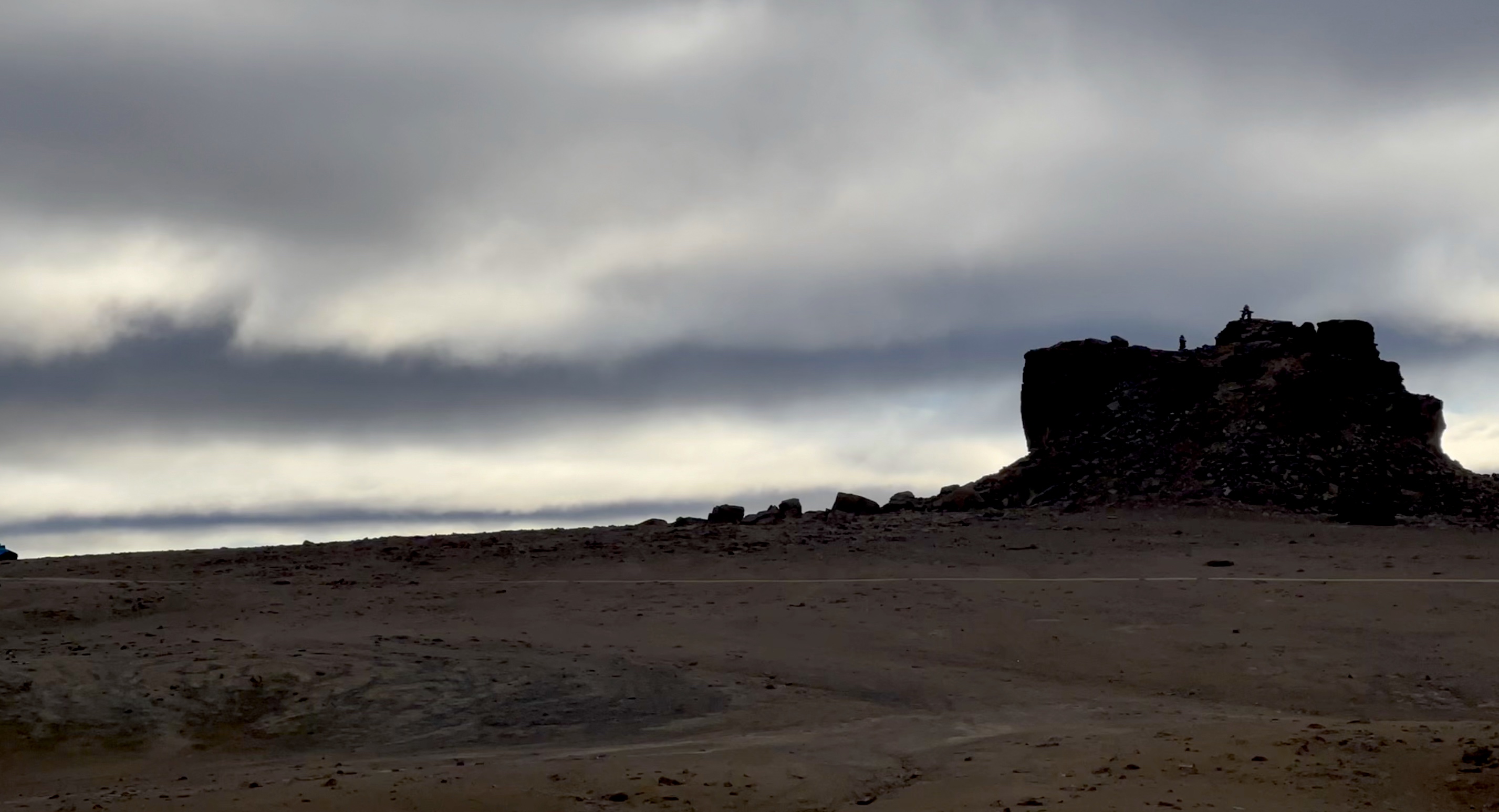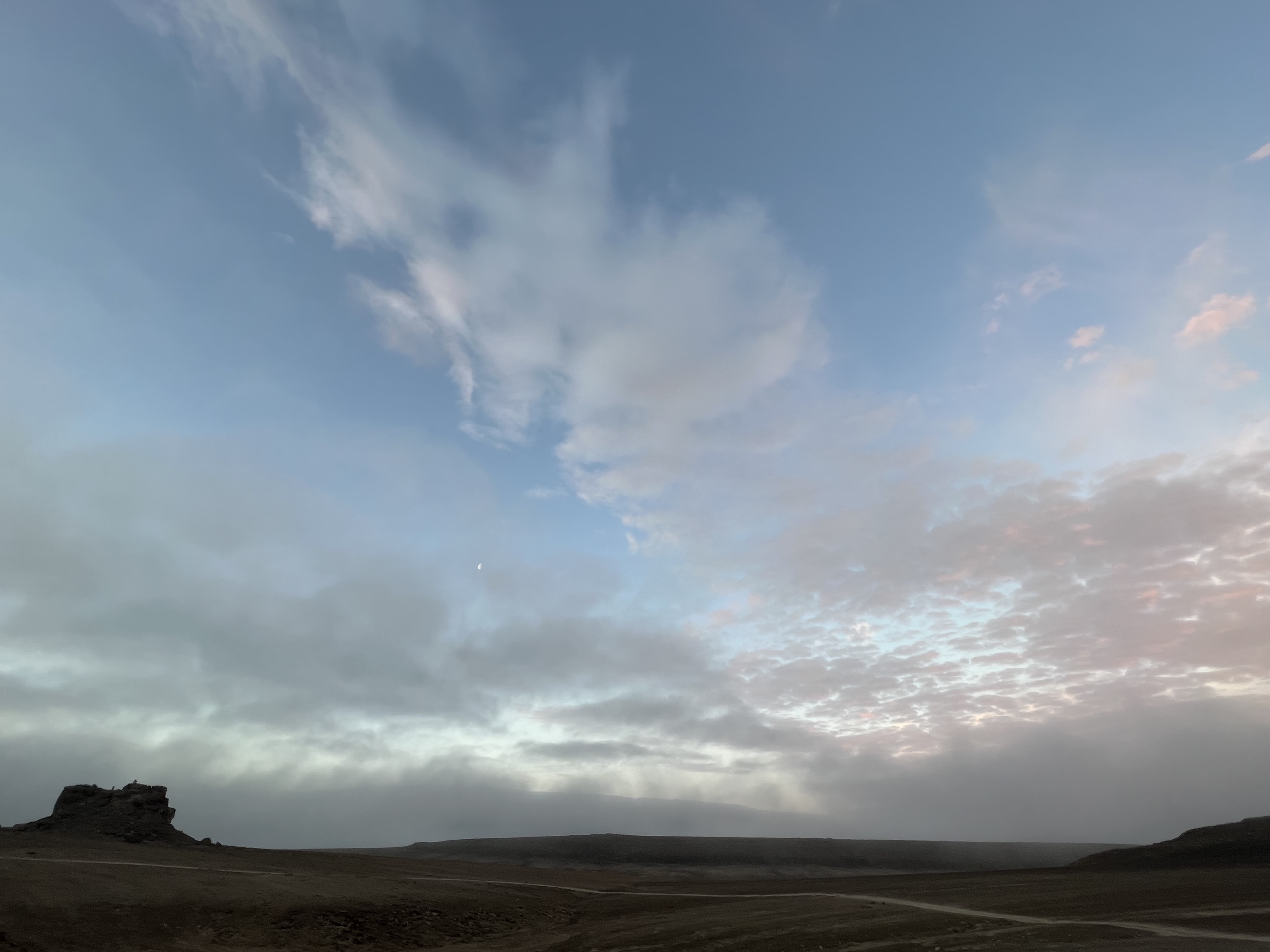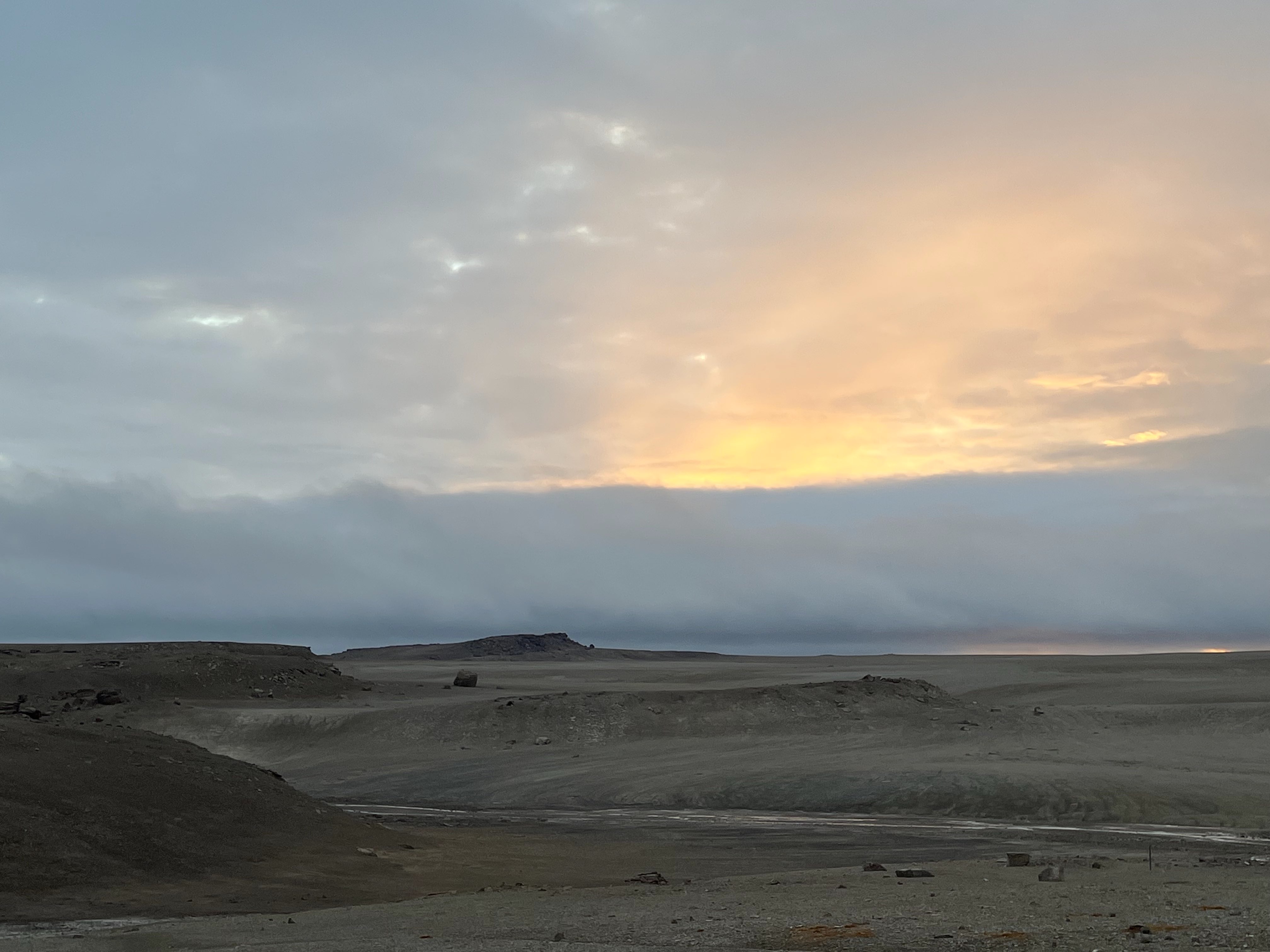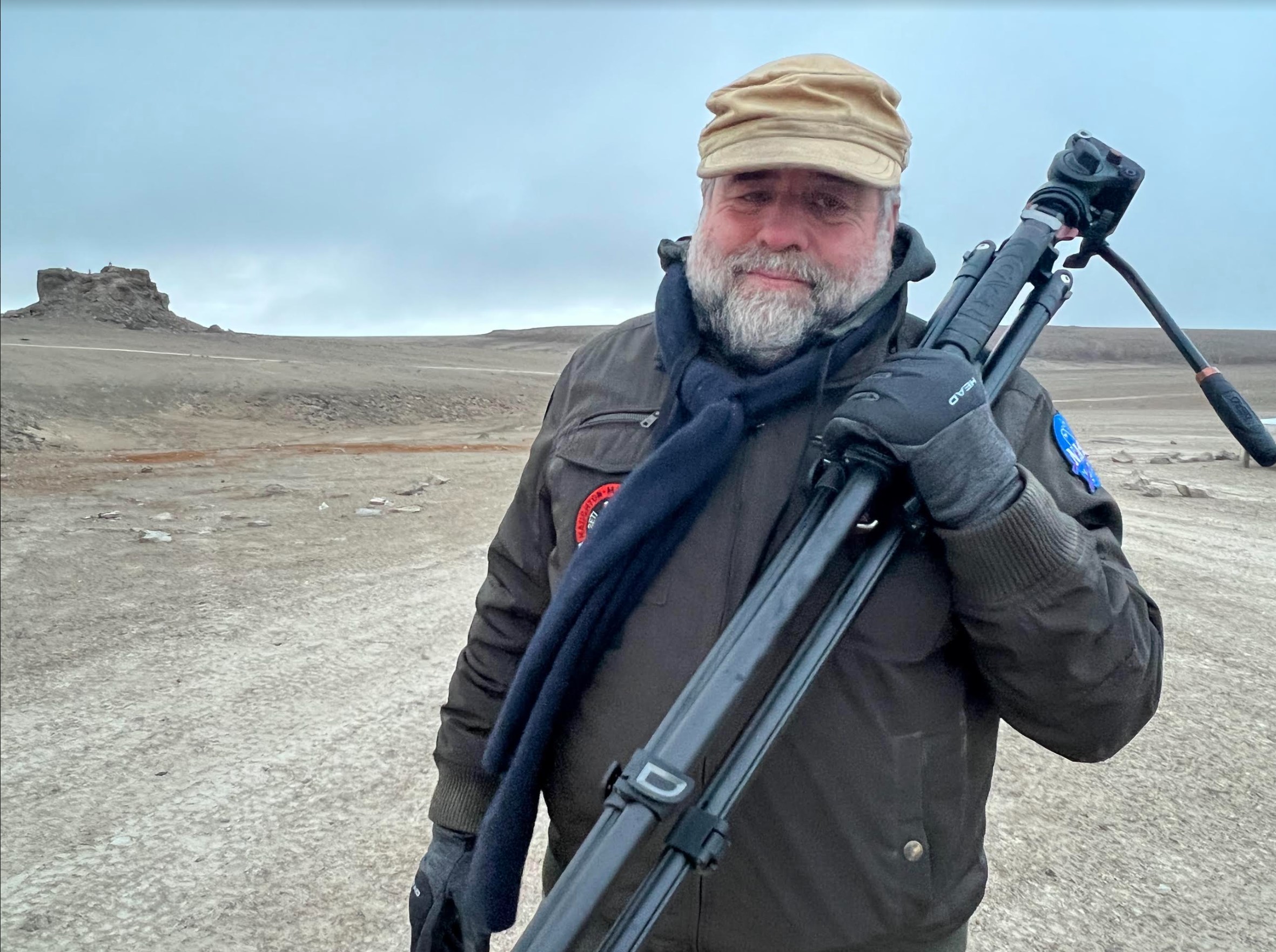The weather on Devon Island is what a professional meteorologist might call “dynamic.”
The nearest actual weather station is in Resolute Bay, about a hundred miles and often a complete weather system away. In fact, when there’s a crew at the Haughton-Mars Project (HMP) station, they are the go-to for weather reports local to Devon.
Today, after a couple of days of thick overcast and temperatures in the 30s, we awoke to slightly sunnier (though still largely overcast) skies and the temperatures had gone up about ten degrees. At our breakfast briefing, Pascal announced his intention to lead a trek to an ATV that had been left about 15 miles (23 km) miles to the southwest four years ago during an attempt to forge a path to the coast for a future pressurized Mars rover traverse analog.
Related: A month on ‘Mars’: Journey to the ‘Planet of the Apes Valley’
Rod Pyle is a space historian and author who has created and offered executive leadership and innovation training at NASA’s Johnson Space Center. Rod has received endorsements and recognition from the outgoing Deputy Director of NASA, Johnson Space Center’s Chief Knowledge Officer for his work.
We started gearing up for a long drive and possible changes in weather along the way. Water, energy snacks, emergency supplies (should we somehow be temporarily stranded), checks of the batteries on the GPS units, the Iridium satellite phone, and the walkie talkies. Check fuel levels on the ATVs — a couple will need to be topped off — check tire inflation levels, and then load the ATVs with spare fuel, extra tires, and tools to recover the stranded ATV we’ll be driving to.

On my ATV would be my camera gear, emergency supplies, three cans of extra fuel, a bundle of rope, and me. While we were completing our preparations, some bad news: John had gone to prep the fuel drum for topping off our rides and discovered that the unopened 55-gallon drum, delivered in 2019 (the last field season for HMP), had water and rust in the fuel. Worse, there was now a film of rust inside the glass fuel filter and water trap. It would have to be replaced before we could attempt to use it.

Then more unpleasant news: the EDGES crew made their morning run out to their radio astronomy experiment, now called the EDGES Arctic Radio Telescope or “EAR,” and reported that the computer-controlled system still was not turning on the heater that is supposed to warm their electronics overnight, and the overnight chill here could be problematic. They’ve been working for days, with multiple trips through cold, fog and drizzle, to get the heater to work properly — it appears to be a software bug. But, as you might expect, these gents from MIT are a resourceful lot and have been engineering workarounds all along. They are confident that they will be able to acquire the data they need.

Then, as all this was proceeding, a dense blanket of fog began crawling in from the north polar region. If it got too intense, we’d have to change plans — it appears that our clear, sunny days are behind us, and this was not fit weather for a traverse. For the remainder of the day, we pursued bits of work we’d been putting aside — the EDGES team continued to evaluate their data, Pascal worked on his own research projects, Sawan completed his inventory of medical supplies on-base, and of course John Schutt continued to pop up all over camp, fixing one thing or another — the man is never without a project. I transferred my many photos from multiple SD cards to my computer and began processing them.

Later in the day we continued our series of talks. Each team member is expected to contribute; mine was about my 2016 book “Amazing Stories of the Space Age,” about all the incredible (and often unlikely) space programs and missions planned in the 1960s and 1970s that were never flown. It’s always fun to talk about U.S. Army moon bases, three-year journeys to fly crews past Venus and Mars, and rockets powered by atomic bombs. And, of course, let’s not forget Army soldiers on the moon to defend against all newcomers.
Tomorrow, we’ll try again to hit the trail.
Follow us on Twitter @Spacedotcom (opens in new tab) or on Facebook (opens in new tab).

